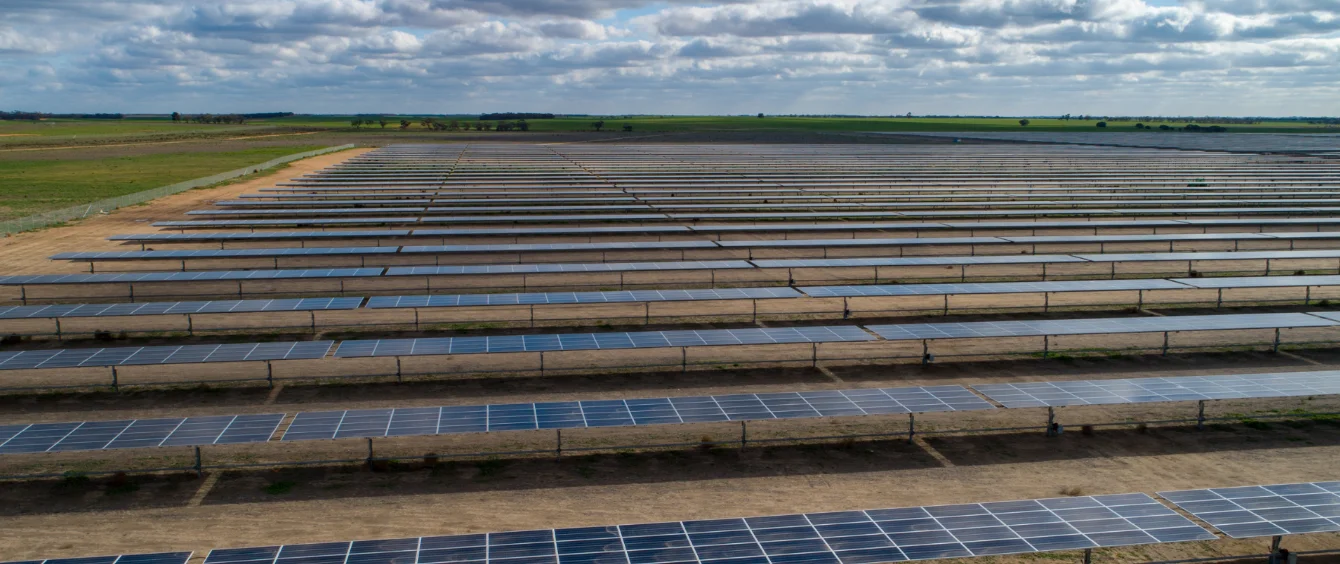The European Green Deal is the jewel in the EU’s climate crown, reinforcing its ambitions of becoming the first completely carbon-neutral supranational union by 2050. To meet this ambitious target, far-reaching changes will be necessary across all industries. The financial sector is no exception, what with its financing schemes for upcoming investments in the different sectors. EU member states will only be able to achieve net zero if companies invest more sustainably. In our newest en:former series, titled ‘Sustainable Finance’, we’ll be taking a closer look at the European Commission’s plans for the financial market, the opportunities for sustainable investments and the ‘green banking’ trend.
Climate-friendly investment strategies
Back in the spring of 2018, the EU Commission published a transformative plan with a list of measures. In March 2020, a group of experts then presented the scientific basis for the EU Sustainable Finance Action Plan and conducted a whole series of dedicated studies. They show how the financial markets could be given incentives for environmental protection and climate action and how financing sustainability-centric players could be encouraged.
The EU has defined taxonomy as centrepiece of its Action Plan. This classification system aims to categorise the sustainability of companies and their activities. In order to be classified as sustainable, any investment made by a company must have a positive impact on achieving certain goals defined in a catalogue, whilst also meeting basic social objectives. In the energy sector, for example, thresholds for carbon emissions are to be introduced, which are then to be reduced at regular intervals. The taxonomy will help investors better assess whether their investments are in line with climate targets. From fiscal 2021 onwards, the taxonomy will require major corporations to publish information on their activities.
Bonds and funds
Both institutional and private investors looking to invest their money sustainably should capitalise on what are known as ‘green bonds’. These bonds are specifically earmarked to raise money for green projects. Issuers of the bonds must fulfil certain criteria in order to be certified with the EU’s Green Bond label. The European Commission is currently working on setting a corresponding standard in relation to the European Green Deal Investment Plan (as reported by en:former). In the second instalment of our series, we will be taking a closer look at this concept. The Commission is also planning on introducing uniform labels for green financial products.
In fact, the market already offers ample opportunity for green investments: special green funds, i.e. investment or equity funds that invest shareholders’ money in sustainable initiatives or companies. The public authorities act as auditors, thereby guaranteeing the environmental impact. In some cases, unlike with other financial investments, this can produce tax benefits.
Green loans are booming
In addition to companies and private investors, banks themselves can also take action in the fight against climate change. The third episode in this series deals with the grant process for direct bank loans for green investments. These green loans offer borrowers the opportunity to promote sustainable projects at particularly favourable conditions. According to Bloomberg, the global volume of these loans almost quadrupled between 2014 and 2018, and most recently exceeded USD 55 billion. Not to forget, of course, the banks that are already investing their customers’ money in entirely eco-friendly or otherwise sustainable projects.
All these approaches are aimed at making more investments available for sustainable activities. As of yet, there is still a lack of coherent uniform assessment criteria for this. The European Commission’s Action Plan aims to tackle this issue. This should not only increase transparency but also give investors and companies peace of mind on their way to carbon neutrality.
Photo credit: © RWE AG
